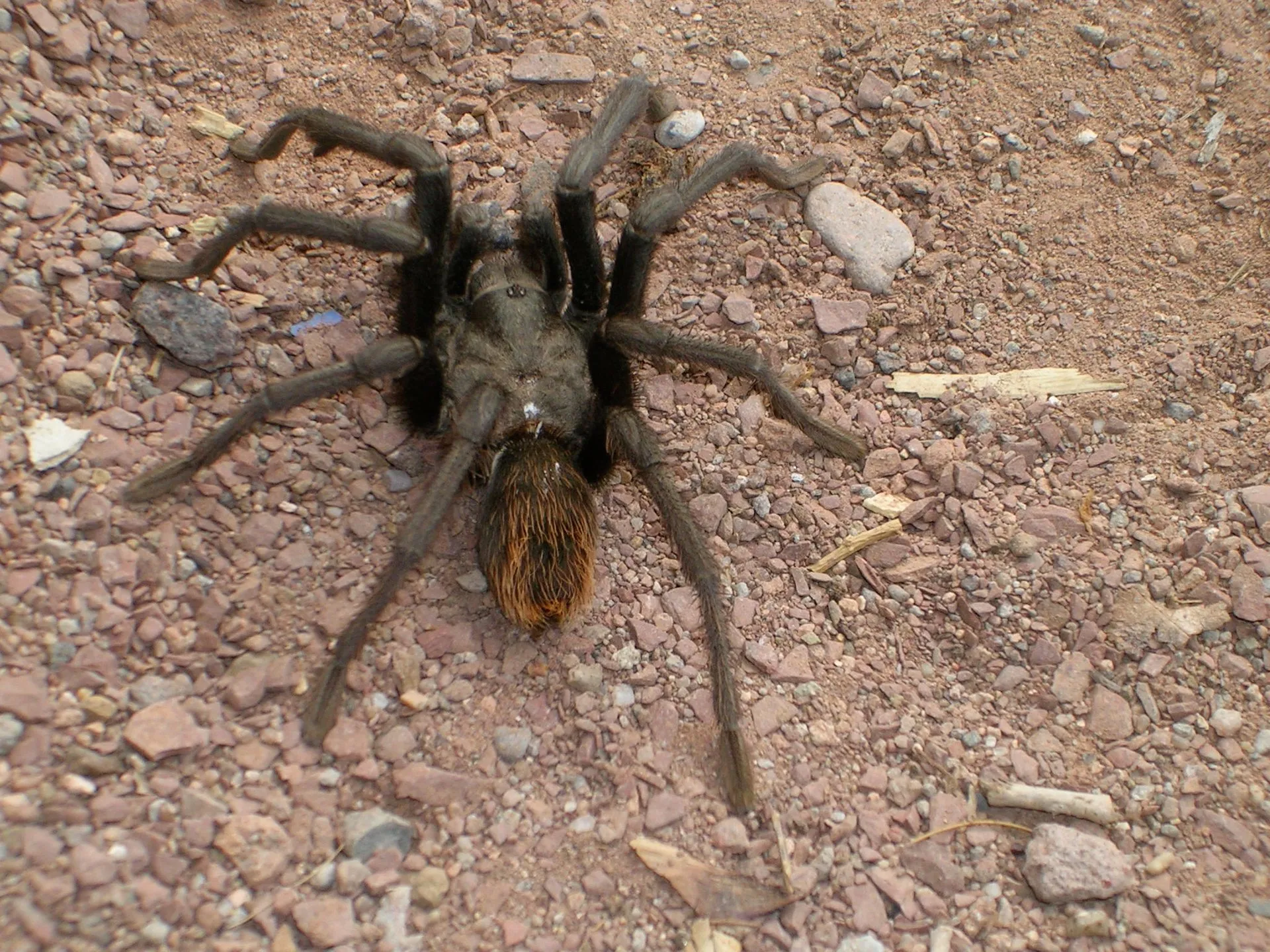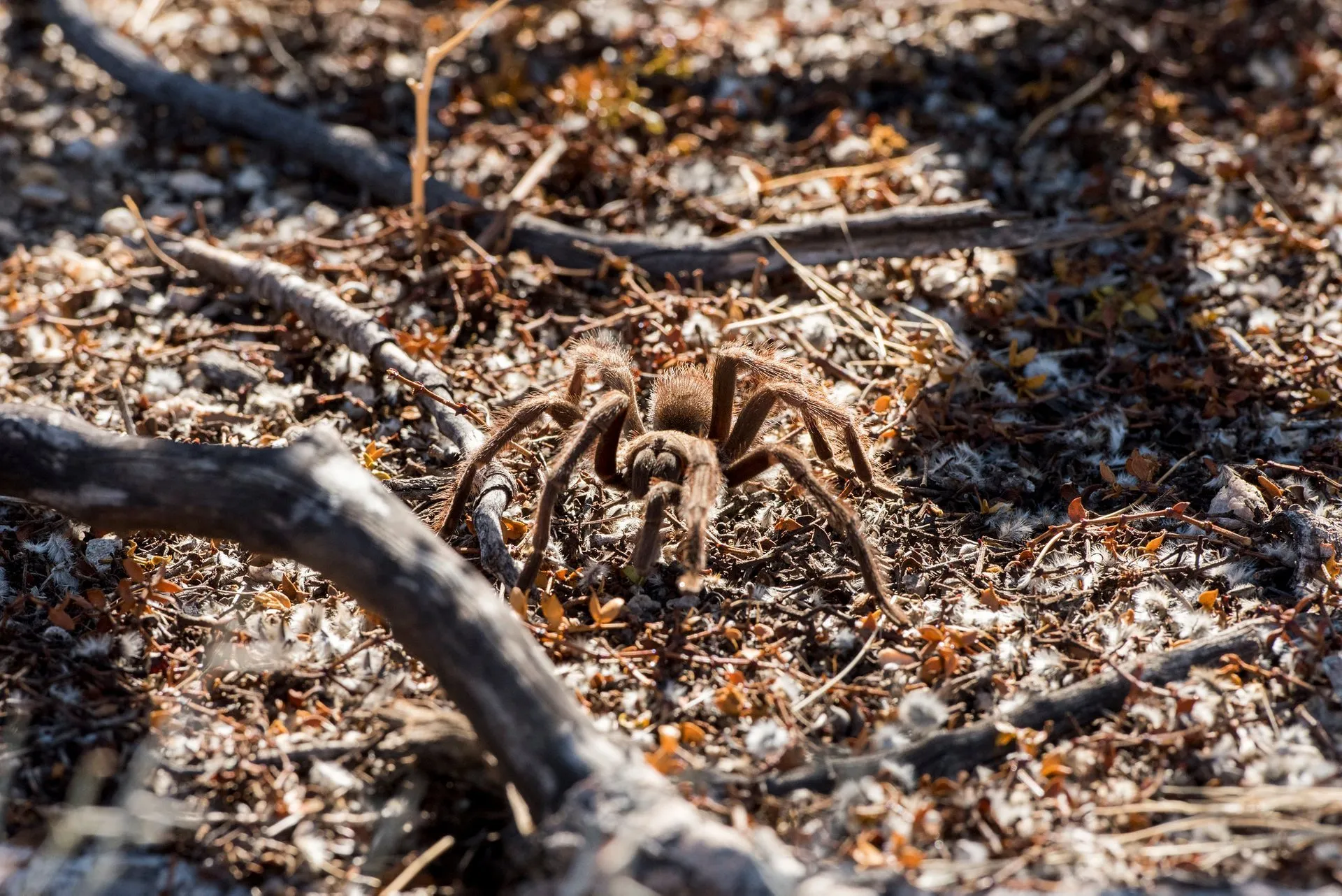What is Tarantula Migration?
Tarantula migration is a fascinating natural phenomenon where these large, hairy spiders move from their burrows to find mates. This annual event, often occurring in late summer and early fall, is a spectacular sight in the deserts of Nevada. Male tarantulas, in particular, embark on these journeys, traveling significant distances in search of receptive females. The migration isn’t a leisurely stroll; it’s a determined trek, often undertaken at night to avoid the scorching desert sun and evade predators. The spiders are driven by instinct, ensuring the continuation of their species. The sight of these spiders crossing roads, trails, and open spaces is a clear indicator that the migration season has begun, signaling a unique opportunity for wildlife enthusiasts to witness this impressive display of nature’s persistence.
Reasons for Tarantula Migration
The primary reason for tarantula migration in Nevada, and elsewhere, is reproduction. Male tarantulas, after reaching maturity, leave their burrows in search of females. This search is triggered by hormonal changes and environmental cues, such as temperature and rainfall. The males are solely focused on mating, and their journey can be perilous, exposing them to predators like birds of prey, coyotes, and even other tarantulas. Females, on the other hand, typically stay near their burrows, awaiting the arrival of potential mates. Once a male finds a female, they engage in a courtship ritual, which can involve drumming or other displays, before mating. After mating, the male’s life expectancy diminishes significantly, while the female may lay eggs and protect the spiderlings, continuing the cycle of life in the harsh Nevada desert.
Timing of Nevada Tarantula Migration

The timing of tarantula migration in Nevada is closely linked to the seasonal changes and the life cycle of the spiders. Generally, the migration occurs during the late summer and early fall months, typically from August through October. The exact timing can vary depending on the specific location within Nevada and the weather conditions of a particular year. Warmer temperatures and rainfall can trigger the migration earlier, while cooler temperatures may delay it. Peak migration activity is often observed in the evenings and during the night, as tarantulas try to avoid the daytime heat. Observing these patterns is important for anyone hoping to witness this event, as the window of opportunity is limited. Understanding the environmental factors at play can also help predict when and where the migration is most likely to occur.
Identifying Nevada Tarantulas During Migration
Identifying Nevada tarantulas during migration is relatively straightforward, thanks to their size and distinctive appearance. Several species of tarantulas can be found in Nevada, with the most common being the Desert Tarantula (Aphonopelma chalcodes). These spiders are large, hairy, and typically dark brown or black in color. Males are often more active during migration, readily identifiable by their long legs and pedipalps (small leg-like appendages near the mouth) that they use during mating. Females, being less mobile during migration, will appear similar, but might be found near their burrows. It’s essential to observe the spiders from a safe distance and avoid handling them. The presence of these spiders on roads, trails, and open areas is a clear indication of migration, offering a great opportunity for observation. Knowing the general characteristics of these spiders enhances the chances of appreciating the event.
Where to Spot Tarantula Migration in Nevada
Several locations in Nevada provide excellent opportunities to observe tarantula migration. Areas with suitable habitat, such as desert scrublands, canyons, and open grasslands, are ideal. Specific spots often mentioned include the Red Rock Canyon National Conservation Area, Valley of Fire State Park, and areas near Las Vegas. These locations are known for their diverse desert ecosystems, supporting healthy tarantula populations. When planning a viewing trip, it’s important to consider the accessibility of these areas, the ease of navigating trails, and the safety precautions to ensure a successful and enjoyable experience. Checking local weather forecasts and consulting with park rangers or wildlife experts can also provide helpful information on the best spots and times to witness this remarkable natural event.
Top 5 Locations for Tarantula Migration Viewing

- Red Rock Canyon National Conservation Area: Known for its stunning red rock formations and diverse desert wildlife, offering a scenic backdrop for tarantula migration.
- Valley of Fire State Park: This park features vibrant red sandstone formations and a variety of desert plants, providing habitat for the tarantulas and a dramatic setting for viewing.
- Clark County Wetlands Park: Though not a desert environment, some migration occurs near the edges, offering a different perspective of this phenomenon.
- Lake Mead National Recreation Area: This vast area offers many trails through desert landscape, where tarantulas may be spotted.
- Areas near Las Vegas: Several locations just outside the city, such as the foothills of nearby mountains, provide accessible viewing opportunities for residents and visitors alike.
How to Prepare for Tarantula Migration Viewing
Preparing for tarantula migration viewing requires some essential planning to ensure a safe and rewarding experience. First and foremost, wear appropriate clothing, including sturdy hiking shoes, long pants, and a long-sleeved shirt, to protect yourself from potential bites and scratches. Carry plenty of water to stay hydrated, especially if you’re visiting during the warmer months. Bring a flashlight or headlamp for navigating in the evening and at night, when the spiders are most active. A camera or binoculars can enhance your viewing experience, allowing you to observe the tarantulas without disturbing them. It’s important to inform someone of your plans and let them know your expected return time. Finally, respect the environment and the spiders, avoiding any actions that could harm them or their habitat.
Safety Precautions During Tarantula Migration
Safety is paramount when observing tarantula migration. Maintain a safe distance from the spiders; do not attempt to handle or provoke them. Tarantulas can bite if they feel threatened, and although their venom is not typically life-threatening to humans, the bite can be painful. Be mindful of your surroundings, watching out for hazards like uneven terrain, snakes, and other wildlife. Avoid walking in tall grass or under bushes where tarantulas might be hiding. If you encounter a tarantula on a road, allow it to cross without interference. Never try to relocate or capture a tarantula, as this can stress the spider and potentially lead to a bite. In case of a bite, clean the area with soap and water and seek medical attention if you experience severe symptoms. Following these precautions will help ensure a safe and enjoyable experience while viewing tarantula migration.
Best Time to Observe Tarantula Migration

The best time to observe tarantula migration is during the late summer and early fall, specifically from August through October. The prime viewing hours are typically in the evening and at night when the temperatures have cooled down, and the spiders are most active. The exact time will also vary based on the specific location and the weather conditions. Keep an eye on local weather forecasts and be prepared to adjust your viewing plans accordingly. Arrive at your chosen location before dusk to allow time to set up and familiarize yourself with the area. Observing the migration at night adds to the adventure. Use a flashlight with a red light setting to minimize disturbance to the tarantulas and other nocturnal wildlife. Patience and observation are key, as the migration can be unpredictable, but the experience is well worth the wait.
Protecting Tarantulas and Their Habitat
Protecting tarantulas and their habitat is crucial for the long-term survival of these fascinating creatures. Avoid disturbing their burrows or other natural habitats. Minimize your impact on the environment by staying on designated trails, packing out any trash, and respecting wildlife. Support conservation efforts by donating to or volunteering with organizations dedicated to protecting desert ecosystems. Educate others about the importance of tarantulas and their role in the ecosystem. Avoid using pesticides or herbicides in areas where tarantulas might be present, as these chemicals can harm the spiders and their food sources. By taking these steps, we can ensure that future generations have the opportunity to witness and appreciate the annual spectacle of tarantula migration in Nevada and beyond. Conservation is key to preserving the biodiversity of the Nevada desert.
